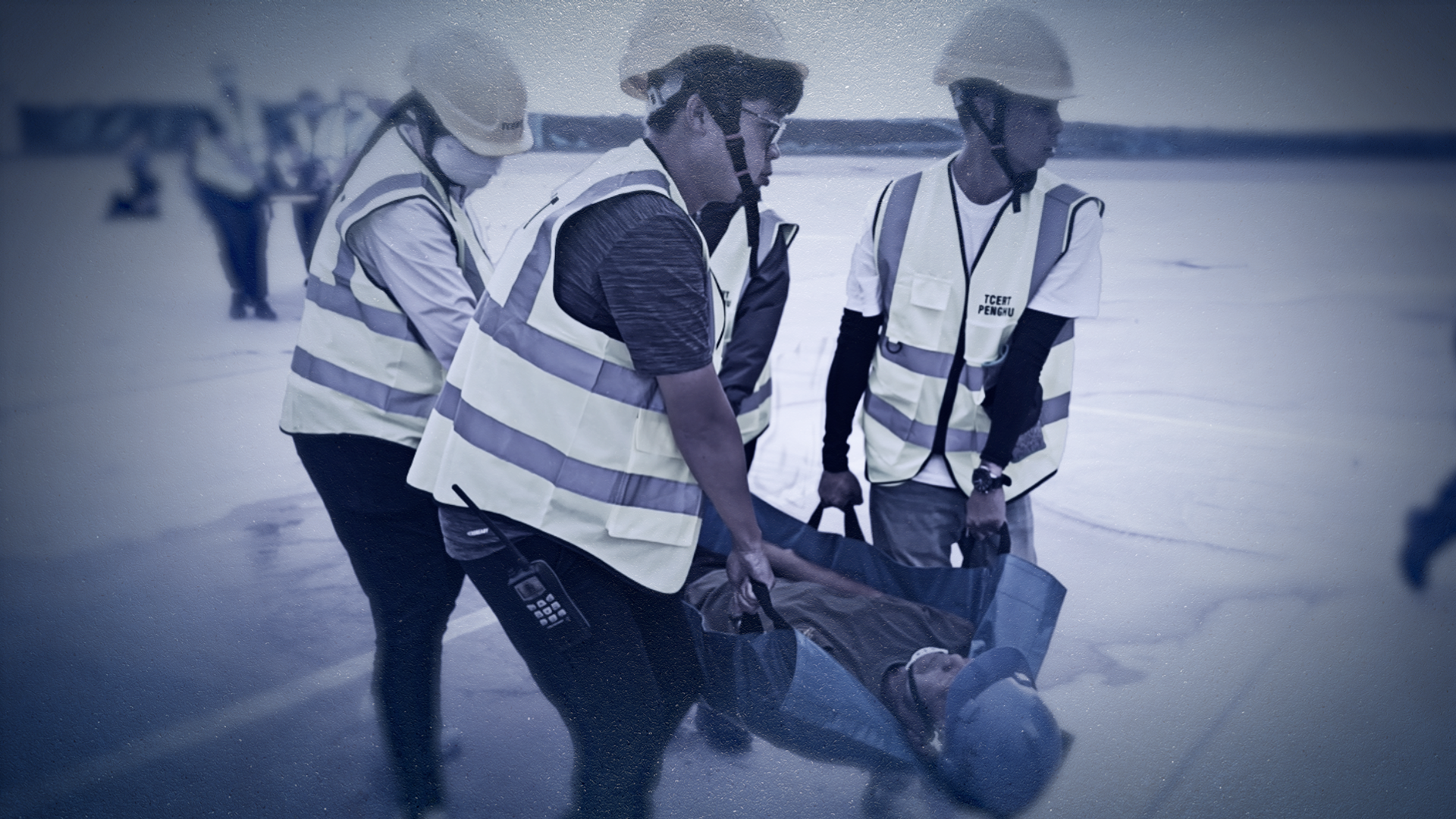The intensifying geopolitical landscape surrounding Taiwan is dominated by a palpable tension, as China’s long-held ambition for reunification casts a persistent shadow over the democratic island. Strategic locations like the Penghu archipelago, situated a mere 31 miles off Taiwan’s main island, represent critical vulnerabilities, potentially serving as early targets in any future escalation. This underscores the urgent need for robust Taiwan Security measures and proactive military readiness across the region.
Under President Xi Jinping’s leadership, Beijing has significantly accelerated its reunification objectives, with reports indicating a readiness target for a potential invasion as early as 2027. The period following Taiwan’s new president Lai Ching-te’s inauguration has witnessed a marked increase in China’s assertive actions, including extensive large-scale military drills, live-fire exercises, and full encirclement maneuvers by both jets and ships around the island, amplifying the China Invasion Threat.
Despite the growing external pressures, significant internal challenges concerning Taiwan’s preparedness persist. Voices within the island express skepticism about the current state of military readiness, with concerns over logistical bottlenecks and the sheer scale of mobilization required. The consensus among some observers is that Taiwan, facing the colossal might of China independently, would struggle immensely, highlighting a profound imbalance in resources and capabilities.
The current atmosphere in the Taiwan Strait is arguably the most volatile in decades, fueled by a combination of China’s increasingly sophisticated military activities and “grey zone” incursions, alongside President Lai Ching-te’s more resolute stance. These complex Cross-Strait Relations demand a delicate balance of deterrence and diplomacy, as every move reverberates through the regional security architecture.
Adding another layer of complexity is the evolving dynamic of international support, particularly from the United States. Concerns have been raised regarding the reliability of US backing in a crisis, with figures like Donald Trump’s “America First” rhetoric casting doubt on traditional alliances. This uncertainty forces Taiwan to meticulously evaluate its own Geopolitical Strategy and reduce its dependency on external guarantees.
In response to the escalating threats, the Taiwanese government has initiated a concerted drive to enhance its self-defense capabilities, prioritizing the acquisition of asymmetric weaponry designed to resist a larger, conventional force. However, data from reputable research institutions indicates that despite these efforts, there remains a considerable distance to cover in achieving optimal Taiwan Defense readiness, pointing to gaps in procurement and operational integration.
Beijing consistently frames the “Taiwan question” as an internal affair, vehemently opposing any perceived external interference and labeling the Lai administration as a separatist force. This narrative underpins China’s actions, which it maintains are aimed at preserving national unity and stability across the Taiwan Strait, despite the palpable increase in regional tensions.
The confluence of heightened military posturing, internal preparedness questions, and the unpredictable nature of international alliances creates a profoundly challenging environment for Taiwan. The ongoing debate over whether the island is truly ready for a potential China Invasion Threat remains central to global security discussions, emphasizing the critical need for continuous assessment of Taiwan Security and strategic adjustments in its military posture.






Leave a Reply